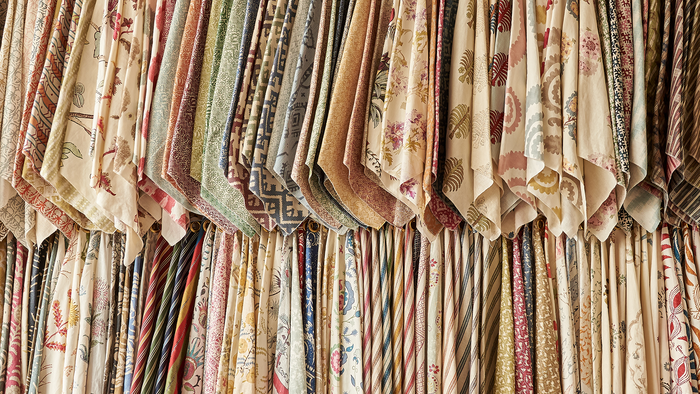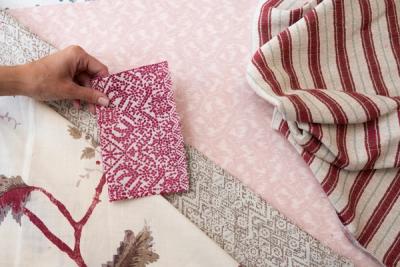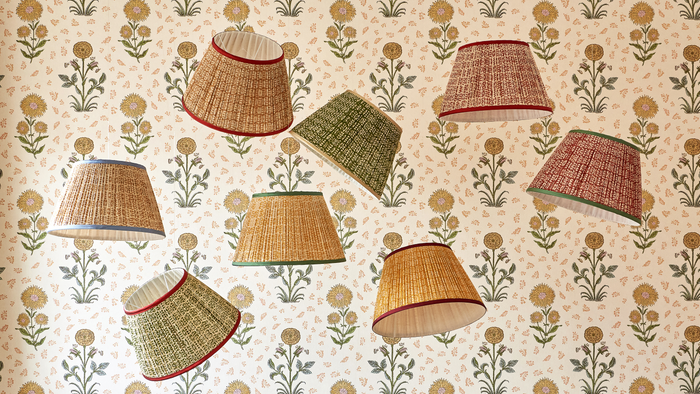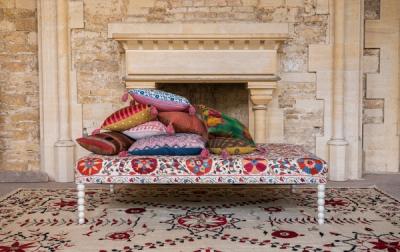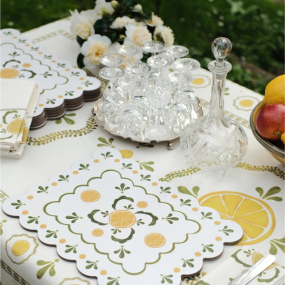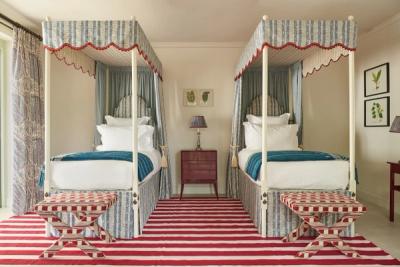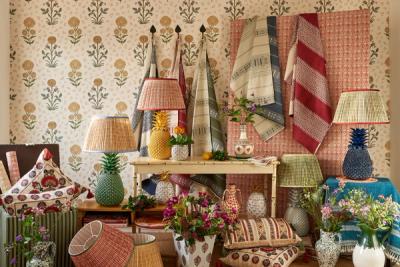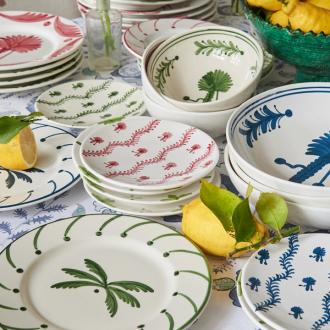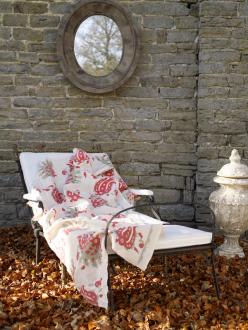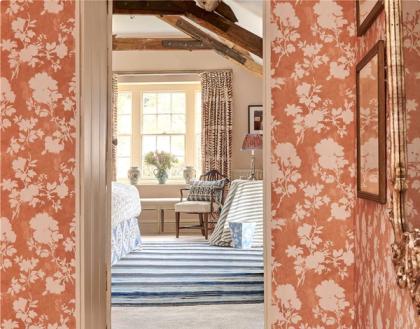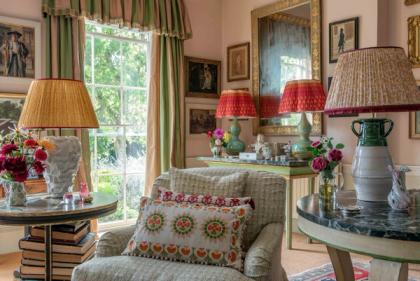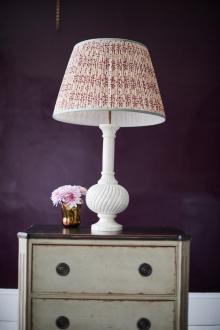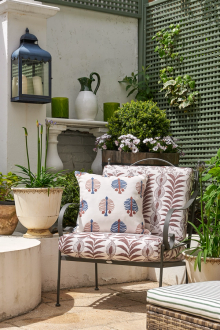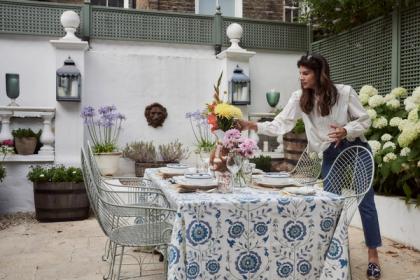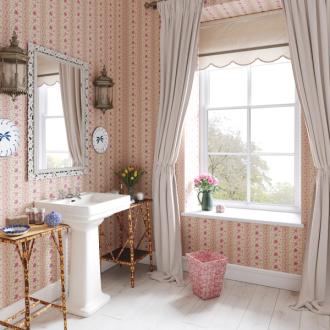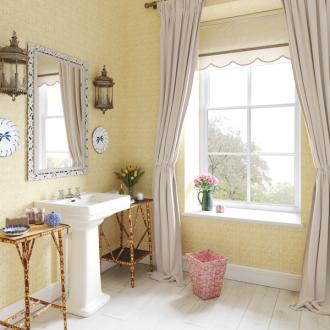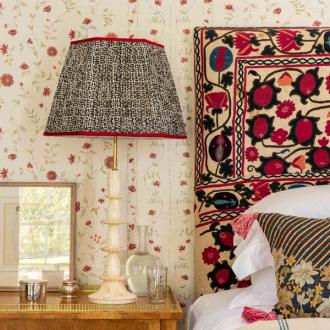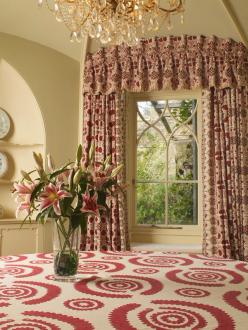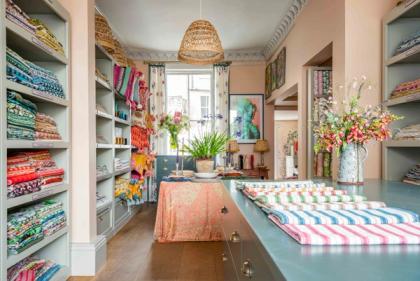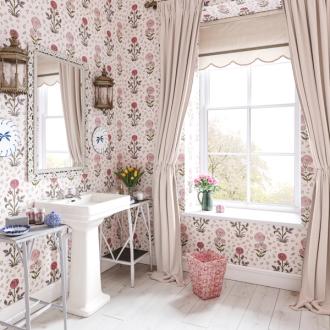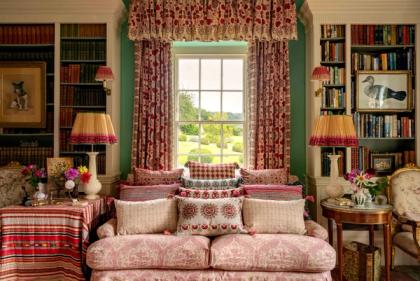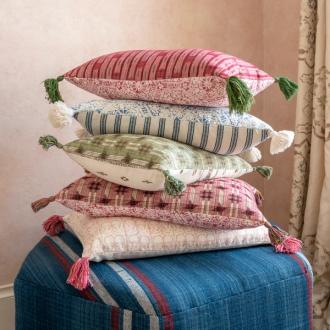The Penny Morrison Guide to Choosing Lampshades and Bases
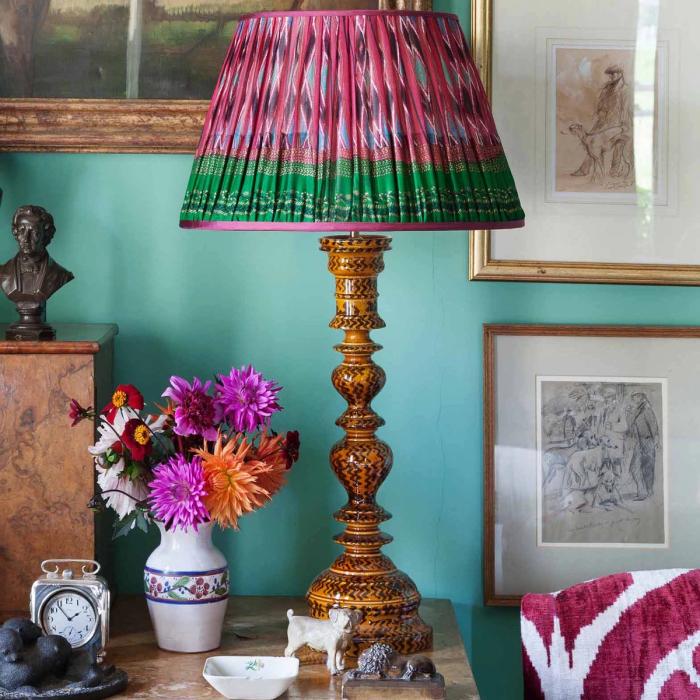
The Penny Morrison Guide to Choosing Lampshades and Bases

We love creating just the right lighting in a room. It’s one of our favourite aspects of interior design not just because it literally creates the ambiance a room needs to in order to go from a pretty scene to an immersive retreat from the world outside the doorway, but because lighting can be as much a form of art as any other decorative accent. That transformative power makes it one of our favourite interior design topics.
For that reason, the right lamp can do a lot more for the space it’s lighting than create a pleasant glow. It can be a focal point – a statement – and a decorative piece with its own gravity and allure, provided you choose the right piece for the right part of the home.
But, as with any aesthetically significant piece, choosing right isn’t always as easy as it sounds, and the road to a beautiful home is paved with second guessing.
So, here is everything we think you need to know about choosing a lamp base and shade that are right for one another, and for the house.
1. Focal, Task, or Decorative?
There are a few different types of lighting. Natural and ambient lighting are two types that won’t factor into the equation when you’re thinking about lamps – for obvious reasons, since one is quite literally the sun, and the other comprises your overheads – but it’s worth considering the differences between the most relevant types.
Focal lighting is the most versatile (and, in our opinion, useful) form of lighting. As the name suggests, the lighting itself represents a focal point, which makes it easy to layer focal lighting throughout the room – something we’ve written about in more detail here.
Focal lighting contributes to the room’s ambience just as much as, and sometimes more than, ambient lighting itself. Most of us will be familiar with the feeling of finally switching off the overheads and transitioning to the lamps alone, and how much more welcoming a space can feel as a result.
Take lighting is the sort of light you get from a desk lamp – one that is intended to be angled directly over a workstation and create a more focused pool of light over a limited area of space. They’re ideal for reading, writing, homework – anything that necessitates blocking out the room in favour of one small piece of it.
These sorts of lamps definitely have their place, but they’re a lot less versatile than focal lighting, since most of the light created by them is intended to shine directly downwards, without lighting much else beyond that. They tend to create more shadows and more contrast between lit areas and unlit areas.
These lamps also tend to be one-piece, rather than a base and a shade, which makes the choice a lot simpler. Most are made of metal or wood ‘skeletons’ that can be adjusted.
Decorative lighting is a popular touch, but it’s definitely a lot more beautiful than it is practical. Think about types of lighting that would be unlikely to bring any significant lighting to a room – fairy lights, tea lights (or even lone candles), and LED strips.
Since most lamps can bring a good amount of light to a room, it’s unlikely you’ll find many that would be considered decorative lighting (though not impossible).
We love decorative lighting, but it usually only works alongside ambient and focal lighting – unless you want to be fumbling in the dark.
2. Start with The Base
It may sound like a directive for a jazz band rather than a simple tip for interior design, but we’d almost always recommend starting things off with the lamp base. Nine times out of 10, this is the part that will make the biggest statement (though, obviously, it makes the strongest statement when it’s wearing a fitting hat).
That’s not to say that it can’t be done the other way around but, for us, working from the foundations up rather than the roof down is much easier.
Shape
The silhouette is the most obvious consideration, since it’ll have the biggest impact on the lamp’s overall impression (besides, of course, the light it creates). We like to focus on variety in a room, rather than sticking rigidly to one particular shape throughout.
Luckily, there is no shortage of choice out there. You can find lamps in virtually any shape imaginable, but there are a few key classics that we consider to be the evergreen choice for any style of home.
As you can guess from the name, this lamp base shape is inspired by the tall, slender designs of traditional candlesticks. It’s a timeless shape – great for decorating smaller pieces of furniture or tighter areas in the home – since it takes up much less space but, thanks to its height, can still bring plenty of light. They can be kept very plain and simple, or made more ornate.
Don’t fall into the trap of thinking that skinnier lamp bases require smaller shades. An undersized lampshade can look out of balance, even though the base itself isn’t particularly weighty. Make a bigger statement with a wider shade.
The teardrop base is a smooth, streamlined shape. Its upper half captures the elegance and height of a candlestick base, while the lower half takes up space, which means it generally brings a greater impact to that part of the room than some of the more slender, non-domineering base shapes.
The teardrop is an excellent alternative – or complement – to the double gourd, featuring a similarly smooth curve, but a simpler overall design.
Ornamental gourds grow in a long list of shapes, from the round pumpkin to the hook-handled ‘speckled swan’ gourd. As a rule of thumb, the double gourd lamp base shape resembles the Calabash – a large, shapely gourd with a bulbous base, a slim waste, and another, smaller bulb at the top. It’s a distinctive shape that has seen a huge amount of attention in interior design, and the wider art world.
The shape is one of the more sculptural on this list, and it commands a lot of attention. It’s ideal for larger pieces of furniture. That are big enough to complement the size and weight of the gourd shape. It grabs the eye from across the room, and really proves how decorative lighting can be.
One of the most elegant silhouettes on this list, this style resembles the traditional designs of urns. The presence of handles is particularly effective at blurring the line between lamp base and decorative piece and introducing something more imposing than a more usual shape, but there really is no ‘single’ look that an urn lamp base needs to follow, since there are so many different examples to draw inspiration from.
We divide our urn lamp bases into two subcategories – ‘tall’ and ‘rounded’ – both of which will be useful depending on the amount of space and height available. While inspired by urns, these lamps don’t necessarily scream ‘gothic’ or ‘spooky’, so don’t write them off yet.
The vase is more ‘open to interpretation’ than any other shape on this list. These bases can be curved and supple, or they can follow more geometric shapes, like our Red Ribbed Vase lamp base. Like real vases, a vase lamp base doesn’t necessarily need to resemble the straight up, straight down cylinder; it can be as unique or as traditional as the creator sees fit.
In larger lamps, there’s plenty of room for extra details, which adds to the base’s decorative power. While the silhouette is often more understated than, say, the double gourd or tear drop, the decorative features can turn this shape into much more of a statement piece.
Colour
A bold lamp base, even in a neutral colour, will create a good strong statement, but the best way to really make an impact and treat your lamp like a major decorative piece is to choose a bold, contrasting colour that will stand out from the rest of the décor.
Also, consider the fact that any colour you choose will look particularly good with the light of the bulb shining so strongly onto it. Ceramic bases in particular create an excellent sheen when the light is switched on
Reds, greens and rich blues always create great contrast between a more neutral colour palette but, even if your room’s colour story is already vibrant, a bright shade of magenta or turquoise – demonstrated perfectly by our spiral teardrop lamp – will create an eye-capturing pop.
Print and Pattern
For our own lighting collection, we have drawn upon beautiful examples from all over the world that have captured our attention – and imagination. While the most versatile lamp bases are plain or decorated with a little extra detailing in the ceramic, some of the more elaborate designs the world has to offer proved impossible to ignore.
One of the best examples of this is our Chinese Urn Lamp Base, which features intricate floral motifs inspired by traditional Chinese artistry. These patterns are hand painted onto the base, which is then hand glazed to achieve the sheen and durability ceramics are known for.
Lampshades
A lamp base without a shade is an odd look. While naked bulbs can carry a certain bohemian charm, they’re not the most ambient of choices – or comfortable on the eyes – so finding a suitable shade for your base is almost always key.
Size
Like we mentioned earlier, there’s generally a ‘right’ and ‘wrong’ size for lamp shades, and it doesn’t just correlate with the girth of the base, either. Taller bases – even slim designs like the candlestick – tend to look best with a larger shade.
In general, we have found that the most useful lampshade sizes fall between 8” and 22”, but the absolute best size will depend on the base itself. You can refer to our handy lampshade size guide to find the ideal range for you.
Material
Lampshades can be made from any number of materials from natural textiles to plastics and metals, or even less conventional materials, like wicker.
Silk is a natural textile with an attractive and luxurious finish. It’s also perfect for screen printing, and for showcasing a wide range of colours and prints.
Silk is also thin and lightweight enough to be formed into many small, even pleats around the circumference of the lampshade. This creates a much more sumptuous impression, while often being thick enough to prevent any shadow created by the lamp shade carrier from being projected through the shade itself.
Laminated paper is a lightweight and effective alternative to silk. It’s ideal for reflecting the light of the bulb and creating a good, strong glow around the lamp, and for being used to display print and colour. It creates a simple, elegant line that highlights the silhouette of the shade itself, making it a great all-rounder.
Cotton can also be used to create lampshades, in a very similar way to silk. It can be printed or embroidered, or left plain, and pleated around the shade’s frame to create a more luxurious finish. It can attract the dust, but this is easily removed using a microfibre cloth.
Shape
Like lamp bases, shades can be created in a wide variety of shapes. Some shapes, like the bell, tend to be associated with more antiquated, retro interior design movements – just as others, like the drum, tend to look a lot more modern, even with more traditional prints and textiles.
The Pembroke and the Empire are the most adaptable, with simple though striking silhouettes that direct light into a pleasant, wide pool around the lamp’s base, and directly up toward the wall and ceiling above.
If you want a little more inspiration, then you can browse our full lighting range here. From bone inlay to hand painted and hand glazed ceramic, our collection offers the perfect snapshot of the power of focal lighting, and how quickly it can transform a room.
